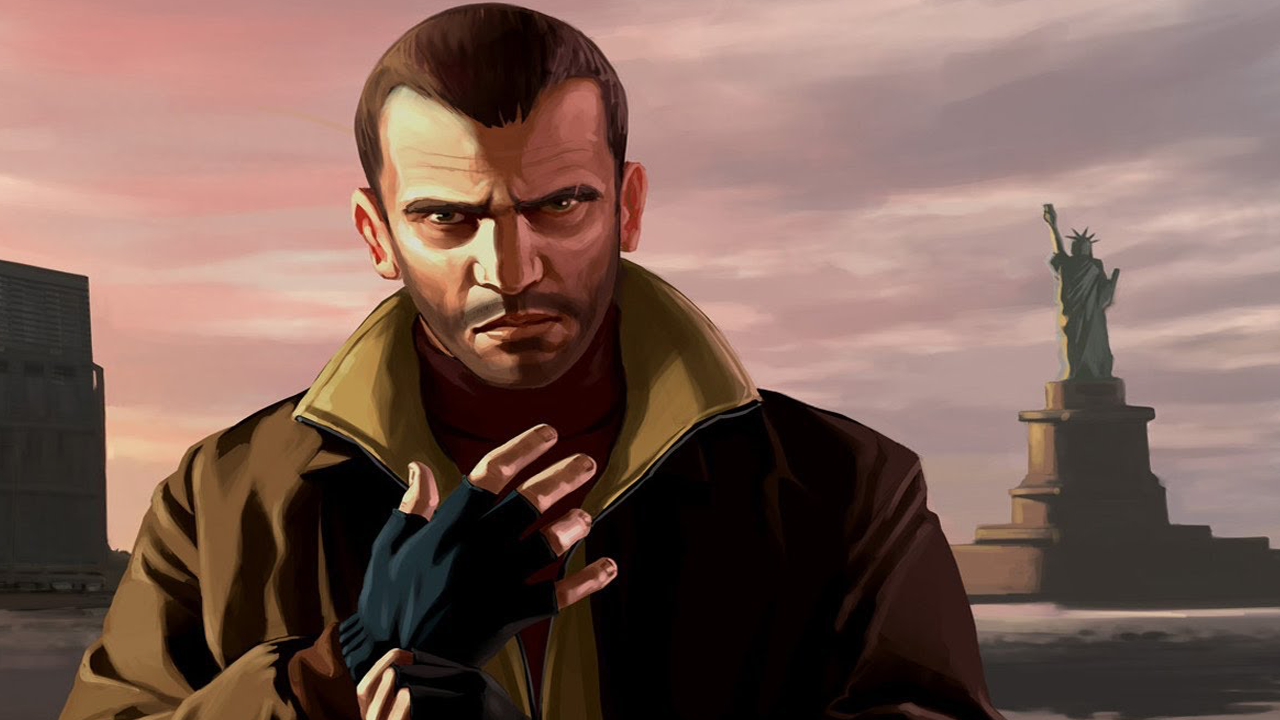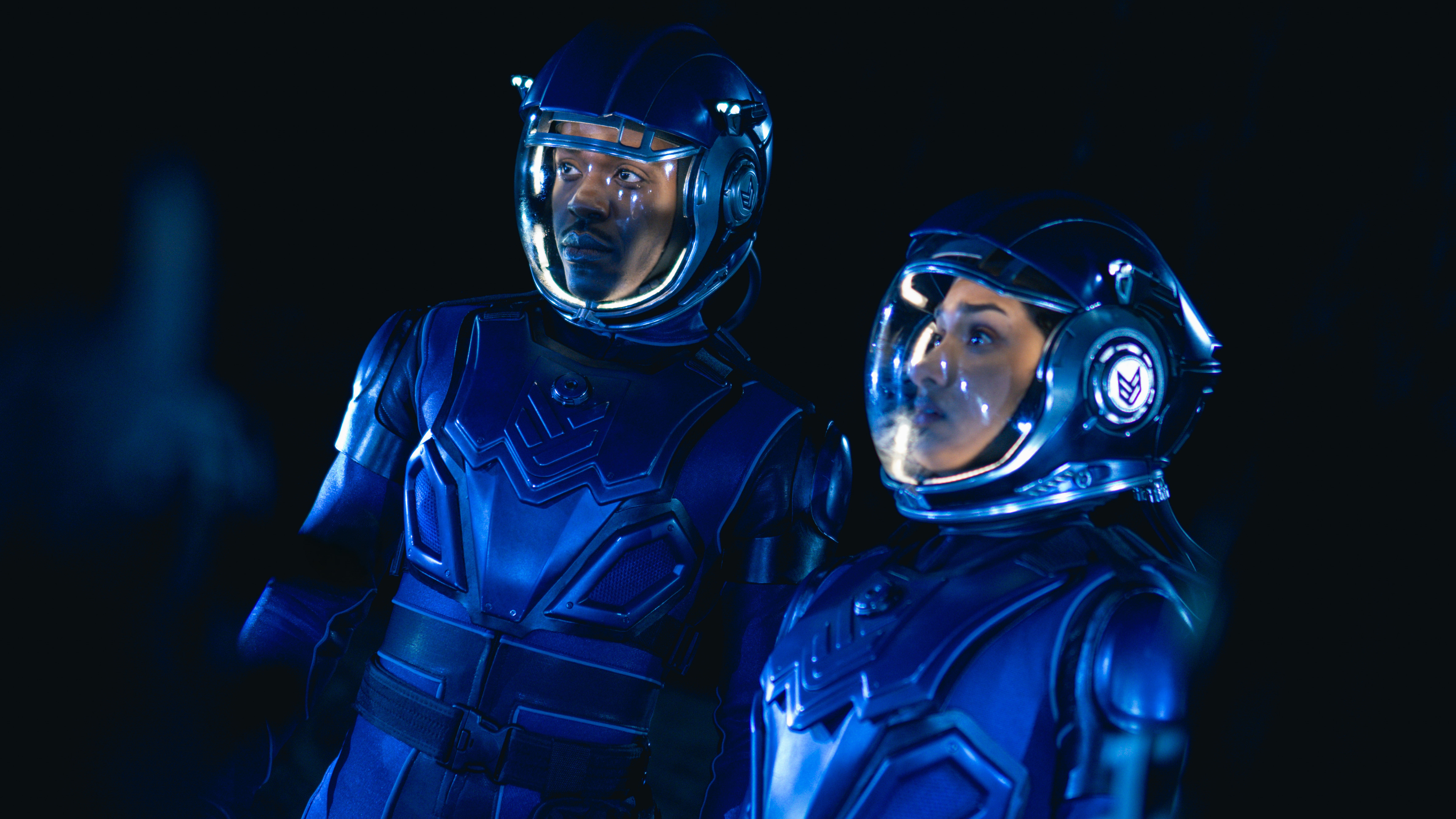10 years later: how Grand Theft Auto 4 raised the standard for open-world games and helped shape GTA 5
Sombre, atmospheric and political, GTA 4 hosted one of the best missions in the series' history and paved the way for GTA 5's multiple protagonists
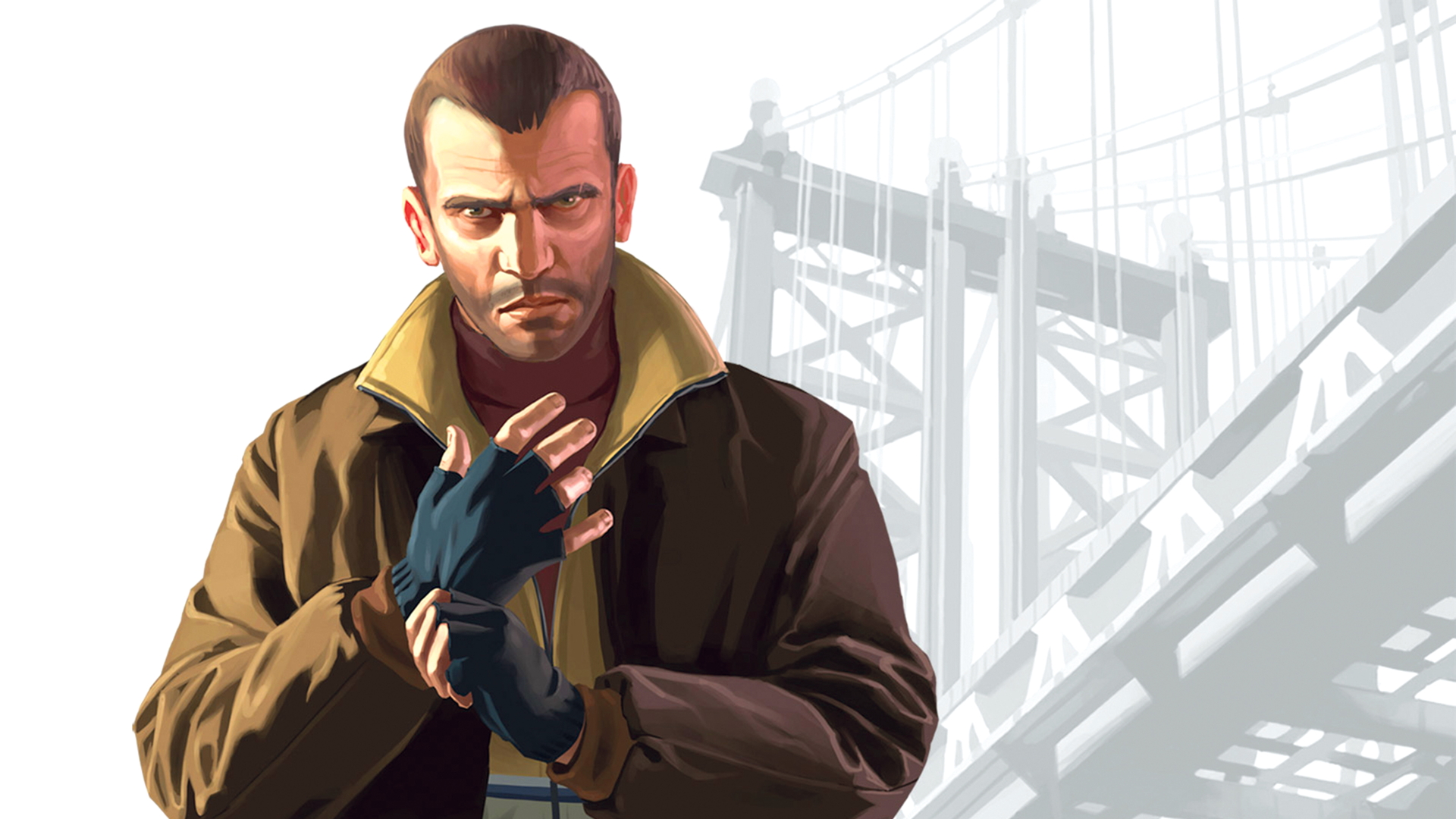
The strongest reminder that GTA 4 is now an old game is that Niko Bellic’s phone has buttons on it. Somehow that one detail – and the fact his mobile can’t access the internet – makes this game feel like it came out 10,000 years ago.
It’s actually been an entire decade since the release of the first HD GTA, though, and you can sense that in the slightly blurry visage of Rockstar’s hyper detailed version of New York. Like early HD games Gears Of War and Oblivion, it showed a true generational leap was happening. GTA 4 essentially ended the era of clones that followed GTA 3, simply because no one else could make an open world that looked and sounded as good as Liberty City.

GTA 4 is the story of Niko Bellic, a Serbian war veteran who comes to the city to start a new life. He doesn’t try that hard to stay out of trouble, however, and soon he’s popping heads on behalf of Russian gangsters and his well-meaning cousin, Roman. While I remembered Niko as being the reluctant criminal pulled back into a life he never asked for, a closer examination in most cutscenes suggests he enjoys it on some level, or at least understands it’s what he’s made for, which is arguably the real tragedy of the character. It was a little earnest as an attempt to infuse extra drama into the series, but Niko is still a lot easier to like than GTA 5’s three protagonists.
These sincere attempts at character development were certainly not wasted. While GTA 4's cast is still rife with loudmouthed criminals, you get to see a lot more sides to Niko than you did to previous GTA protagonists, brought out by his involved relationships with other characters.
While there’s inevitably no happy ending for Niko, his is not the only story that GTA 4 tells. The game’s brilliant expansion packs, The Lost And Damned and The Ballad Of Gay Tony, were way better value than anyone could really have anticipated, possibly as a result of Microsoft paying a reported $50 million for their temporary exclusivity.
Each introduces a new protagonist – biker Johnny Klebitz and jack-of-all-trades Luis Lopez respectively – and their individual eight-hour campaigns are unquestionably superior to GTA 4 itself. Both characters had previously appeared briefly in GTA 4 cutscenes, encountering Niko Bellic, which is a nice connection when you later come across that while playing. Collectively, these stories offer a fairly deep portrayal of Liberty City, enhancing its credibility as a place where everyone has a story, and it likely sowed the seeds for the three playable characters idea in GTA 5. They each offer a different prism through which to experience the city: the night life in Ballad of Gay Tony, and the fraught world of Alderney biker wars in The Lost and Damned.
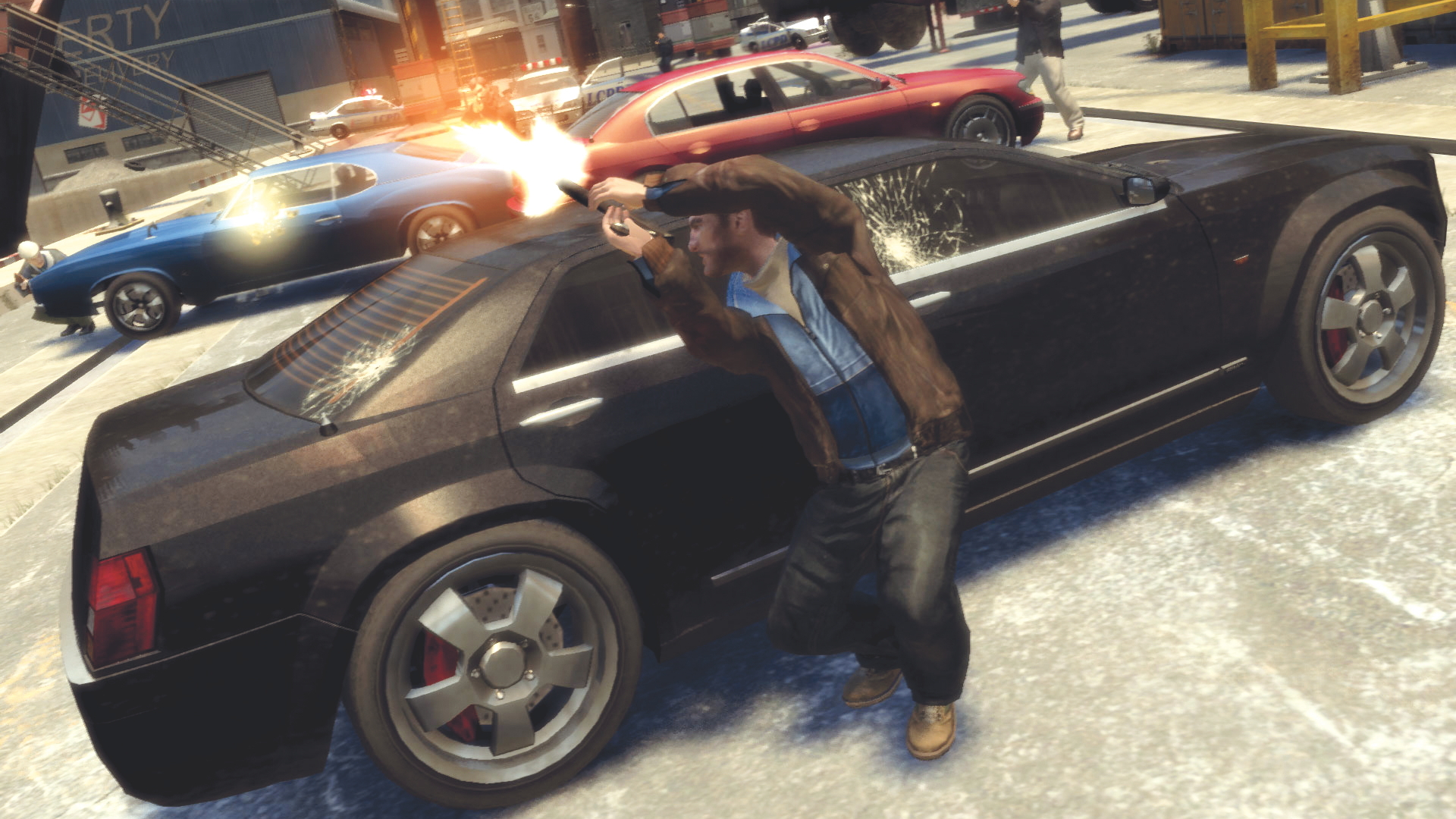
Playing GTA 4 now shows how much Rockstar learned in the 5.5 years leading up to 5’s release. This was the first GTA to introduce cover shooting, since combat was the main weakness of the original Xbox games. It was a decent solution for the time, but the gunplay feels outdated now – it’s not very slick to control, and it was never a match for the refined combat in Gears. The melee fights, where characters ludicrously dance around each other like they’re two posh English gentlemen having a boxing match in the 18th century, aren’t exactly Arkham Knight. The driving, meanwhile, is a little too stiff and punishing for car chases – GTA 5 got it just right, but some purists might consider 4's steering more realistic.
Sign up to the GamesRadar+ Newsletter
Weekly digests, tales from the communities you love, and more
Hell of a town
These signs of age don’t stop GTA 4 from being enjoyable now, though. Revisiting it has been terrific fun. The story is more daft than serious on a moment-to-moment basis than I remembered, with a vibrant cast of friends for Niko and a few well-developed villains. Rockstar brought narrative choices to the series for the first time, including a situation where you decide which of your friends live or die.
I recalled thinking these were gimmicky but memorable when I first played GTA 4, but you still don't see them done that frequently or this well in most modern big games. Importantly, they let you determine Niko's morality, based on your assumptions about who he used to be and who he should become in his new life in Liberty City. I feel like it's easy to be sniffy about stories in big, triple-A games, comparing them unfavourably to movies or TV, but I really like the writing and voice acting in GTA 4. It dares to take its protagonist seriously (but not too seriously), and asks the player to do the same.
Much as I like Niko Bellic, though, Liberty City is the part of GTA 4 I still think about the most. Rockstar’s version of New York has golden sunsets, numerous landmarks and no wasted space – it’s a compressed and gorgeous encapsulation of the real thing, a deliberate move away from the simpler-styled (but gorgeous) sprawl that San Andreas was. That the developer went from the simple character models and cardboard-looking buildings of Los Santos to this rich HD vision of GTA in just over three years is remarkable. In my mind, the only comparable leap in recent gaming history is GTA 3's own transition from 2D to 3D. This city is dazzling.

If you’ve ever been lucky enough to visit New York, or even if you’re just familiar with the place through movies and TV, Rockstar nails the atmosphere. Algonquin, its version of Manhattan, is still GTA’s most dazzling individual area: the looming skyscrapers, the clear artistic differences between neighbourhoods and the dizzying lights of Star Junction, its version of Times Square. It has been brought to life so convincingly, and even a decade later, just going for a walk in this place is a nice thing to do.
A serious man
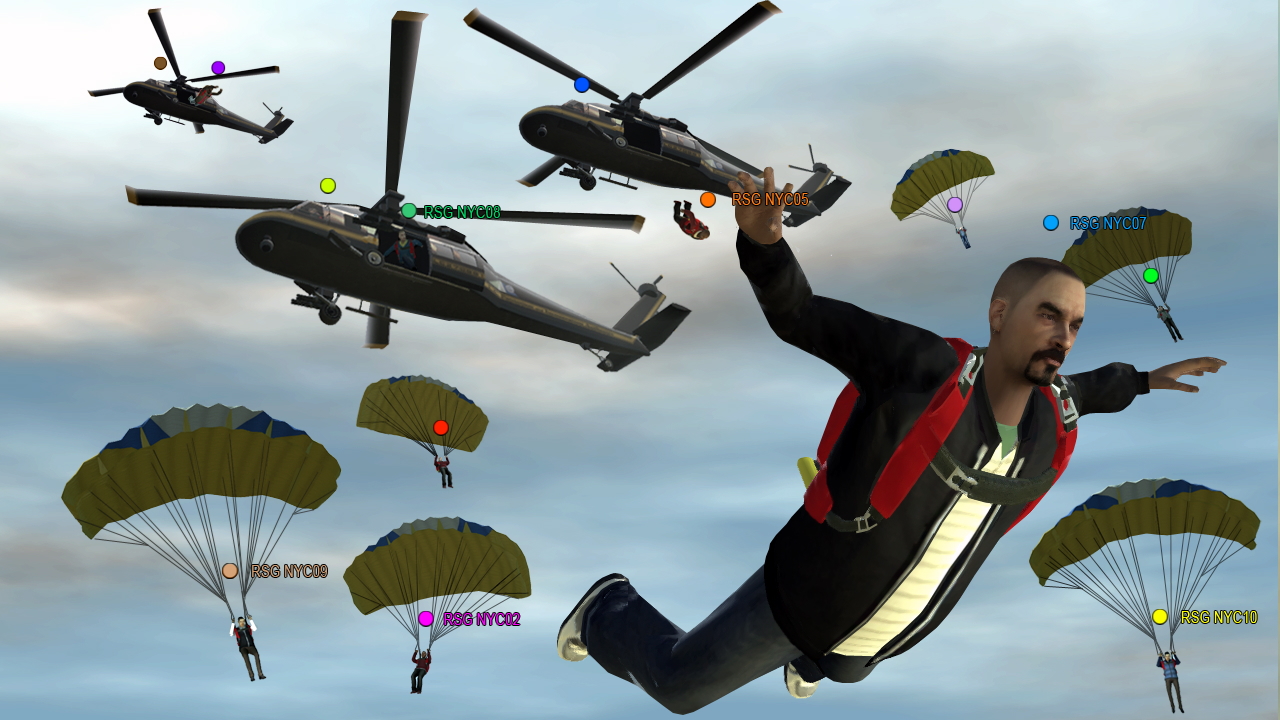
I played a fair few hours of GTA's debut online component at the time, and I recall it being something of a prototype for what GTA Online is now: a chaotic playground where everyone's trying to kill other players for laughs. Mostly, I just thought it was amazing you could encounter other human players in a Rockstar open world using the 'free mode' option.
To a younger generation playing GTA Online now with its numerous expansions, heists and suite of expensive vehicles, this would probably seem like pretty basic stuff, but clearly it taught Rockstar so much for the future.
This wasn’t what everyone wanted from Rockstar in 2008, and some of that criticism was fair. San Andreas set the expectation that every GTA would go bigger and sillier – GTA 4 is set in one big city, rather than an entire state. Dicking around in Liberty City doesn’t have the same disposable appeal that it did in early GTAs. Perhaps it’s the inevitable clash with the story’s tone, which I won't bore you with an op-ed about here, but it somehow never feels quite as hilarious to commit the usual GTA carnage, despite the game’s realistic physics.
Part of that comes down to no longer having access to the same tools, like the katana, flamethrower, jetpack or military aircraft from past GTAs. Niko’s got a very conventional set of firearms, and the Molotov cocktail is the only weapon that does anything that exciting. The DLC episodes significantly improve that – satchel charges, automatic shotguns and pipe bombs add some much-needed explosive power – and The Ballad of Gay Tony brought in a rocket-equipped helicopter you could nick at any time.
But there’s a disappointing sense of restraint to the arsenal, a resistance to lean into the series’ notorious silliness that hurts GTA 4 a little bit. It feels like they want you to focus on Niko’s story and exploring the city, instead of, say, attacking people with a chainsaw for funsies, but having both would’ve been nice. The large-scale silliness of GTA 5, and even the thrilling set piece-y missions of The Ballad of Gay Tony suggest that Rockstar noted that criticism.
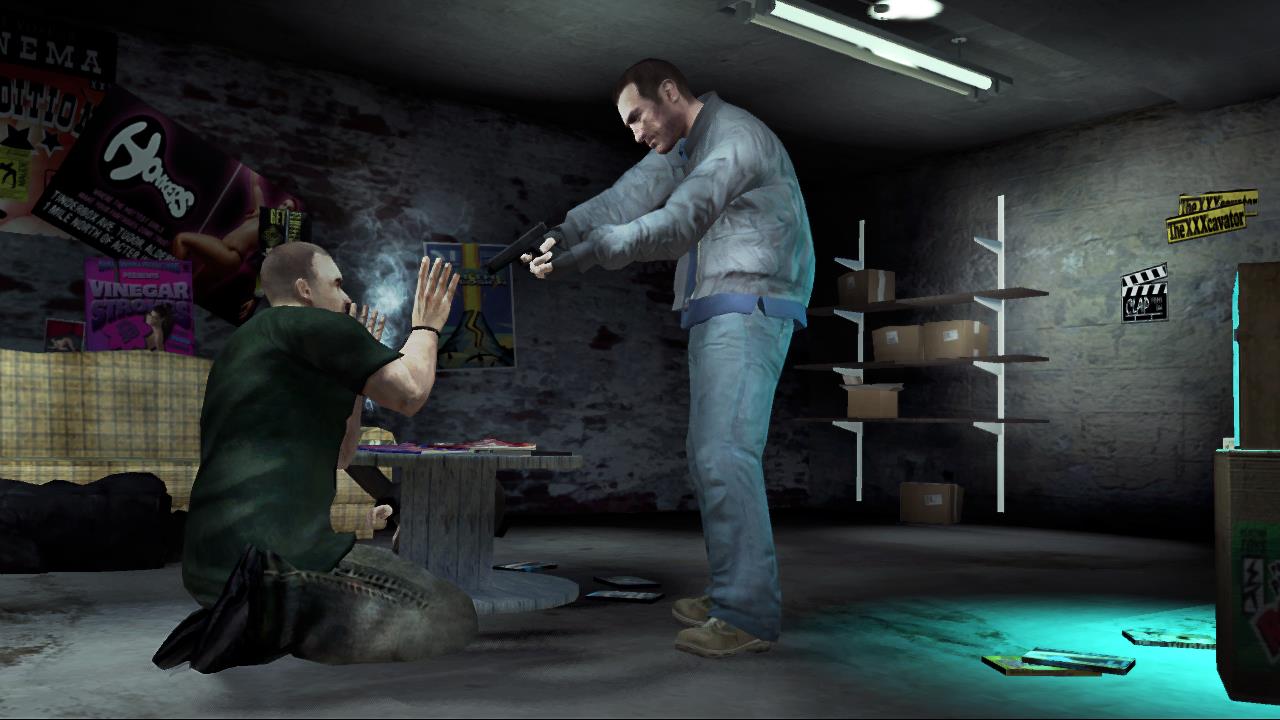
The developer earned the right to its grand story of an immigrant coming to America, though, and the tonal shift that was required to tell it was a brave choice. The setting feels less like a playground, but I think it was worth it.
Rockstar famously experimented with a friend system in GTA 4, where Niko’s pals will call up to hang out. This has been widely mocked for how frequently friends will call up asking to go bowling, or to go for a helicopter ride, and it’s justified – they’re way too needy. It’s the only idea GTA 4 tries that doesn’t work whatsoever, although if you’re particularly attached to one or more of them, there are some neat little bits of characterisation to be uncovered. That said, the system's removal in GTA 5 was merciful.
Filler or thriller?
GTA 4 takes a while to get going, and the way a long tutorial is embedded into the opening four or so hours tests your patience, especially if it’s your second or third playthrough. The truly great missions are buried slightly too deep into the story, but they’re worth the wait. ‘Three Leaf Clover’ is undoubtedly the most remembered one, a tense bank robbery involving the bickering McReary brothers that escalates into a prolonged firefight with the law, both on the streets outside and in the subway. This unsurprisingly became the model for GTA 5’s heist missions, which really ran with the idea, particularly in GTA Online's co-op heists.
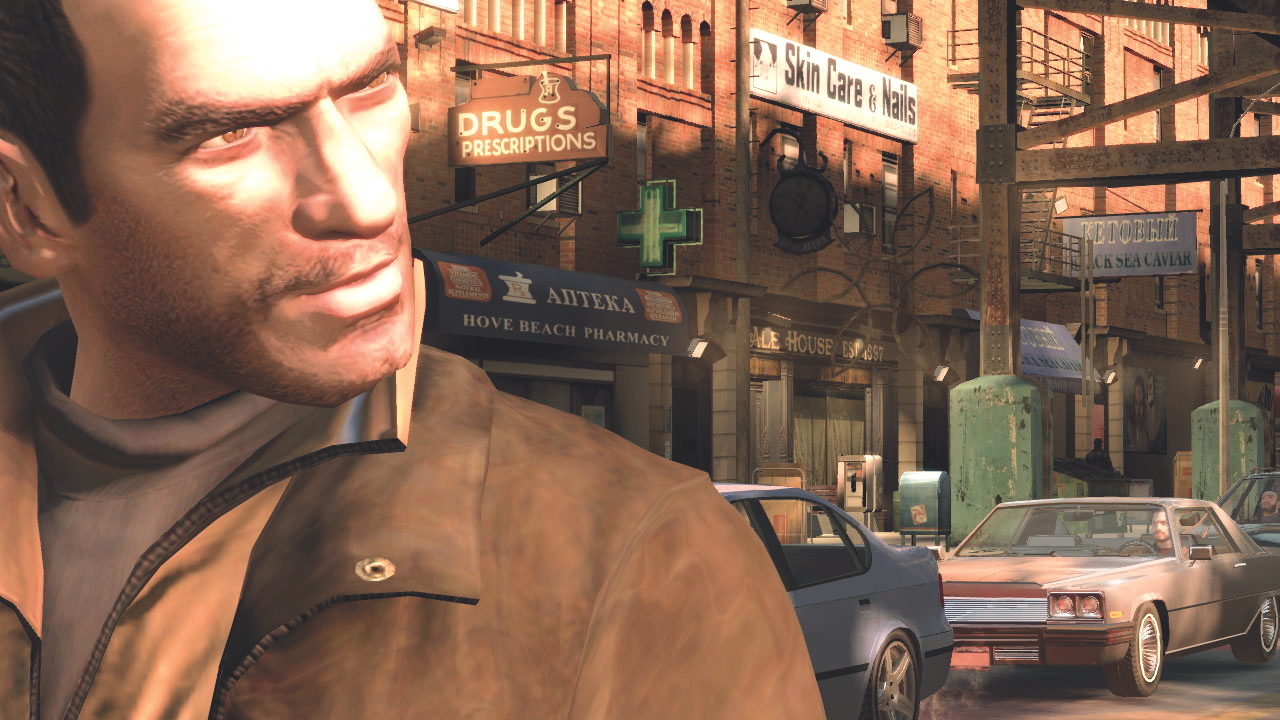
Once the story moves to Algonquin, the quality of missions generally improves. Another high-concept favourite of mine is ‘Final Interview’, where you pretend to go for a job at a law firm to retrieve some compromising files for a corrupt police officer, before killing your target halfway through the interview. In ‘Paper Trail’, you take part in a helicopter chase while your friend Little Jacob shoots rockets at the chopper in front of you, while flying over the streets of Algonquin. The former shows how a clever narrative hook can make a GTA mission memorable, while the latter demonstrates the impact the backdrop of Liberty City has in lifting what would otherwise be a pretty basic set-piece.
"The main game and extra chapters managed to mature GTA while rediscovering the player-driven chaos that people longed for."
GTA 4’s campaign is slightly too long, and it’s determined to end on a dour note no matter what choices you make. That's Niko's story, and its conclusion was never a huge surprise to me. The DLC episodes offer a lighter epilogue, though. Their stories just aren’t as heavy, and being shorter means almost no room for filler missions.
Johnny Klebitz is the closest GTA has got to a proper good guy hero, since his main concerns are keeping his biker gang together and his sort-of-girlfriend, Ashley, from overdosing. He’s still a killer, but he’s otherwise so likeable that Rockstar had to have Trevor kill him in GTA 5. Cruising through the city with The Lost in formation really makes you feel like being part of a biker gang.
The Ballad of Gay Tony, meanwhile, offers a more frivolous and forgettable story. Yet this episode is best celebrated for how much it changed GTA 4: base jumping is reintroduced, with parachutes. Triathlons come back, complete with nitrous-powered cars. As mentioned, new weapons are thrown into the game, and it contains some of the best GTA missions ever, like ‘For The Man Who Has Everything’, where you fend off encroaching helicopters while on the back of a moving train with an automatic shotgun. GTA found its fun side again.
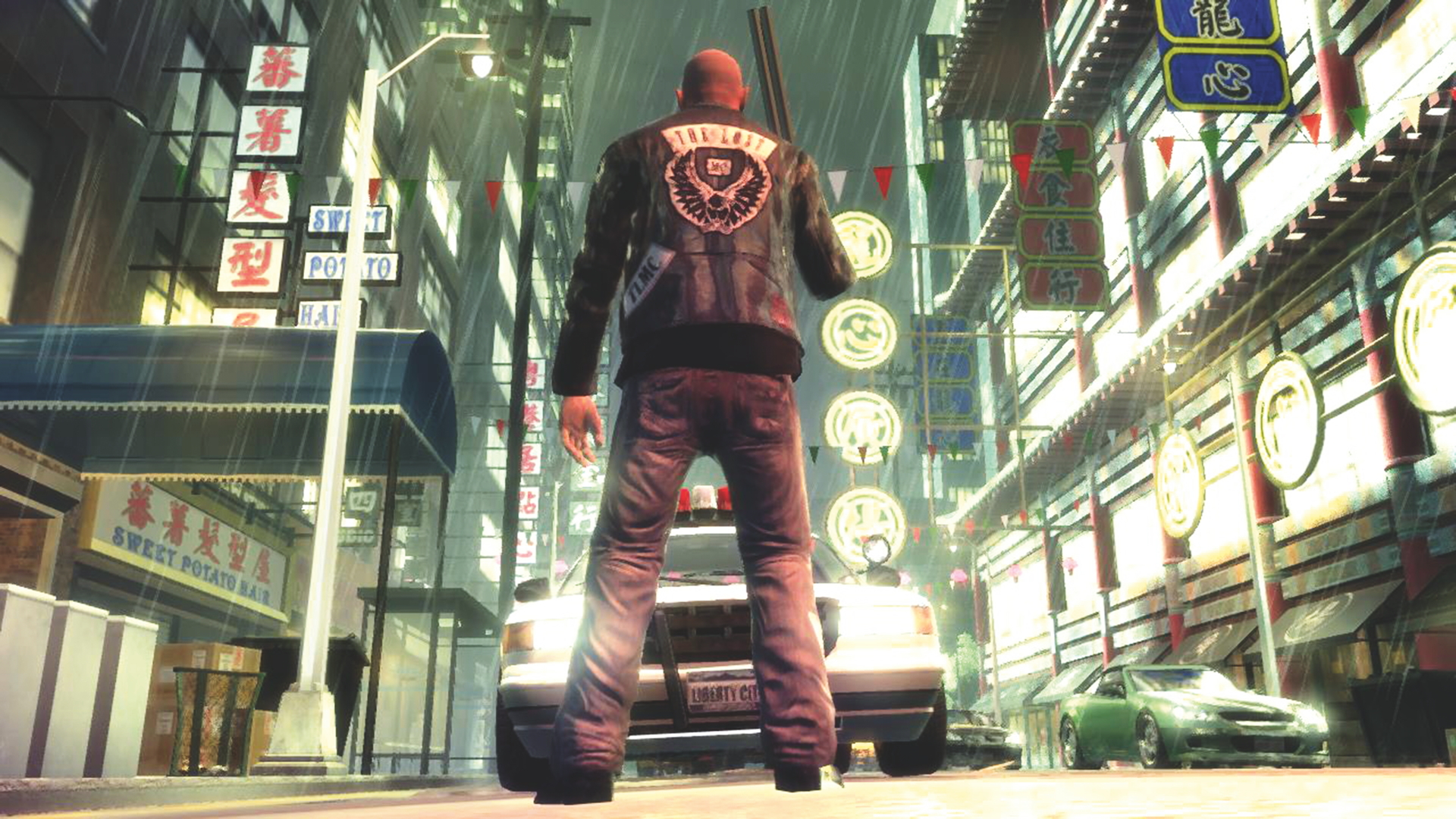
Collectively, the main game and its extra chapters managed to mature GTA while eventually rediscovering the player-driven chaos that people longed for from San Andreas. It’s slightly rough to play now, and only infrequently excites as a shooter, yet the city aside, its story surprisingly remains one of its main attractions.
Rockstar’s next attempt at a more dramatic tale in a real-feeling world was the Western sandbox game Red Dead Redemption, and they clearly benefitted from this first effort. There are obvious parallels between Niko Bellic and John Marston: neither can truly escape their old lives in an America where someone else is always calling the shots. GTA 4 is not exactly Mad Men when it comes to thematic substance, then, but for a decade-old open-world game where you can fire submachine guns at cop cars while listening to Rod Stewart, it more than holds its own.
This article originally appeared in Xbox: The Official Magazine. For more great Xbox coverage, you can subscribe here.
Samuel is now a PR Manager at Frontier Development, but was once a staffer at Future PLC. He was last the Entertainment Editor at TechRadar, but before that he was the UK Editor at PC Gamer. He has also written for GamesRadar in his time. He is also the co-host of the Backpage podcast.
